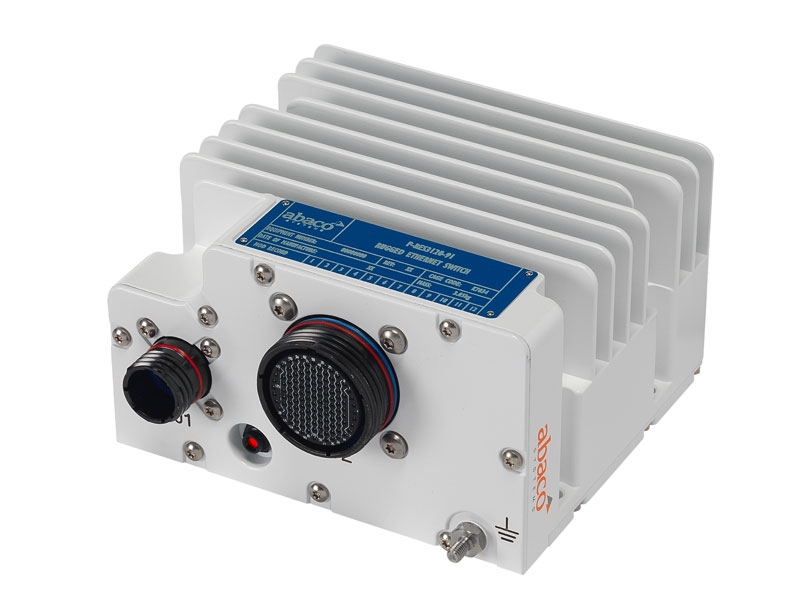Share

For many years, our Built-In Test solutions have provided customers with the assurance they need to run fault tolerant systems and provide early detection and diagnosis of problems in the hardware.
Abaco has developed a world class suite of BIT products on its single board computers and subsystems (such as the RES3000 line of Ethernet switches: the RES3120 is shown above) representing a significant investment and value-add for our customers in mil/aero.
Traditional BIT comes in three main flavors. The first is power-on test in which, on power-up or reset, a comprehensive suite of intrusive tests is performed with the highest level of hardware coverage. This is the most popular method of detecting faults on start-up.
Secondly, there is continuous test - a dedicated thread running inside the operating system, monitoring the hardware for faults occurring during the execution of the application. Finally, there is interactive BIT. This is like continuous BIT in that it is less intrusive and has a lower level of coverage than the power-on BIT, but is performed upon request - usually by the application code or user.
So: here are the top five reasons you might need BIT in your system.
Maintainability – Abaco convection cooled SBCs and subsystems typically have a dedicated red BIT LED on them. This is a visual indication to a maintenance engineer that there has been a problem detected with the LRU (Line Replaceable Unit) and should be replaced/repaired. This makes fault finding and detection in the field easy.
Coverage – We strive to test all the devices and on-board buses with the highest level of testing - often achieving 90-95% coverage.
Configurability – There are many tests that can be performed with power-on BIT, but with this comes an increase in boot times - so users can mask out tests they want to avoid or skip. It’s also possible in critical situations to completely avoid BIT and boot through to the application in operational modes - so you can choose when you want to perform these tests.
Diagnostics – Power on BIT comes with its own comprehensive command line interface and API. The command line allows an operator to interrupt the boot process on a failing board and interrogate the failing tests. There are dozens of tests that can be performed and quickly identifying the fault can help in a quick resolution, avoiding the need for a costly replacement. Also, test results are accessible from the application via an API (results are stored in memory) once the operating system has booted so the application can also take action. BIT results can also be accessed out of band over the I2C bus if required.
Portability – Our BIT solution runs on a variety of processors including Intel, Power Architecture and ARM. Operators familiar with BIT on one product will be comfortable configuring BIT on all of our SBC offerings. Our power-on BIT solution runs independently of the operating system and hands off to the operating system on completion - so you are free to use the operating system of your choice while still benefiting from having a world class BIT solution running in your system.
When ordering products from Abaco, you will find that most come with an option to have BIT factory-installed ready to go right out of the box. If you need to build systems with a high level of integrity and minimize downtime, then BIT is an invaluable tool to both developers and maintenance engineers with the coverage and flexibility needed to support most applications.

